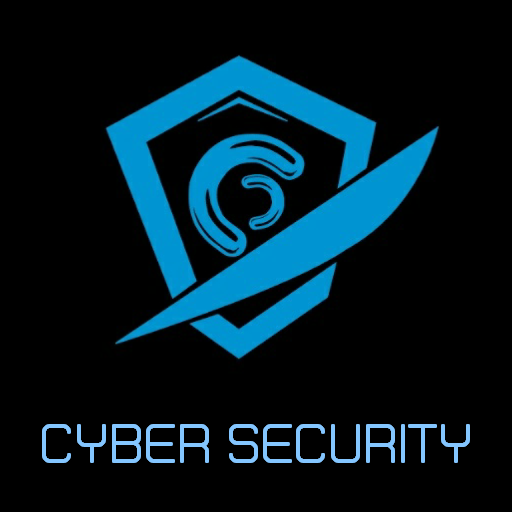Blockchain for Cybersecurity a New Fortress in the Digital Age.
The need for robust and resilient cybersecurity measures is paramount. As malicious actors become increasingly sophisticated, organizations are actively exploring innovative technologies to safeguard sensitive information. Among these, blockchain is emerging as a promising contender, offering a unique approach to enhancing security protocols.
This article delves into the potential of blockchain technology within the realm of cybersecurity, outlining its fundamental aspects and exploring how its unique characteristics can be leveraged to build a more secure digital future.
Understanding Blockchain’s Core Principles
At its heart, blockchain is a distributed, immutable ledger that records transactions across a network of computers. This decentralized structure, combined with cryptographic security, forms the foundation for its potential in cybersecurity.
Key characteristics include:
* Decentralization: Distributing Trust and Reducing Single Points of Failure
Traditional security models often rely on centralized authorities, making them vulnerable to single points of failure. Blockchain’s decentralized nature eliminates this vulnerability by distributing data across multiple nodes. This means that even if one node is compromised, the integrity of the entire network remains intact, making it significantly more resilient to attacks. This distributed trust model fundamentally shifts the power away from central entities and empowers all participants in the network.
* Immutability: Ensuring Data Integrity and Preventing Tampering
Once a block of data is added to the blockchain, it becomes virtually impossible to alter or delete. This immutability stems from the cryptographic hashing and linking of blocks, ensuring that any attempt to tamper with the data would require control over the entire network. This characteristic is crucial for cybersecurity, as it guarantees the integrity and provenance of information, preventing unauthorized modifications and preserving a permanent record of events.
* Enhanced Authentication: Strengthening Identity Management and Access Control
Blockchain can revolutionize authentication processes by providing a secure and transparent platform for verifying identities. By leveraging cryptographic keys and decentralized identity solutions, organizations can reduce the risk of identity theft and unauthorized access. Blockchain-based authentication can also streamline the verification process, making it more efficient and user-friendly while maintaining a high level of security.
Blockchain’s Applications in Cybersecurity
The inherent strengths of blockchain translate into a variety of practical applications within cybersecurity:
* Improved Data Management: Decentralized storage of data provides enhanced security and resilience against data breaches.
* Secure Identity and Access Management: Blockchain can enhance identity verification, preventing unauthorized access to sensitive systems and data.
* Vulnerability Management: Tracking software vulnerabilities and patching processes can be streamlined and secured using blockchain.
* Supply Chain Security: Verifying the authenticity and integrity of software and hardware components throughout the supply chain.
* Threat Intelligence Sharing: Enabling secure and anonymous sharing of threat intelligence data across organizations.
* Secure Communication: Protecting sensitive communications through encrypted messaging systems built on blockchain.
Transparency and Traceability: Identifying and Responding to Threats
Blockchain provides unparalleled transparency in tracking and monitoring activities. Every transaction is recorded on the ledger, creating a permanent audit trail that can be used to identify suspicious behavior and track the origin of attacks. This transparency aids organizations in responding to threats swiftly and effectively, minimizing the potential impact of breaches.
Challenges and Considerations for Implementation
Despite its considerable potential, the adoption of blockchain for cybersecurity is not without its challenges:
* Scalability: Processing a large volume of transactions can be a bottleneck for some blockchain networks. Solutions like Layer 2 scaling solutions are being explored to address this issue.
* Energy Consumption: Some blockchain consensus mechanisms, like Proof of Work, require significant energy consumption. Newer, more energy-efficient consensus mechanisms are emerging.
* Regulatory Uncertainty: The regulatory landscape surrounding blockchain technology is still evolving, posing challenges for businesses looking to implement it.
* Complexity: Implementing and managing blockchain solutions can be complex, requiring specialized expertise.
* Integration: Integrating blockchain with existing security infrastructure can be a significant undertaking.
Conclusion: A Promising Future for Blockchain in Cybersecurity
Blockchain technology offers a promising new approach to enhancing cybersecurity, providing a more secure, transparent, and resilient foundation for protecting sensitive data. While challenges remain, the potential benefits of decentralization, immutability, and enhanced authentication are undeniable. As the technology matures and solutions to scalability and energy consumption are developed, blockchain is poised to play an increasingly significant role in safeguarding the digital world from evolving threats. It’s not a silver bullet, but a powerful tool that, when strategically implemented, can significantly strengthen the cybersecurity posture of organizations across all industries. The future of cybersecurity may well be built on the foundations of blockchain.







